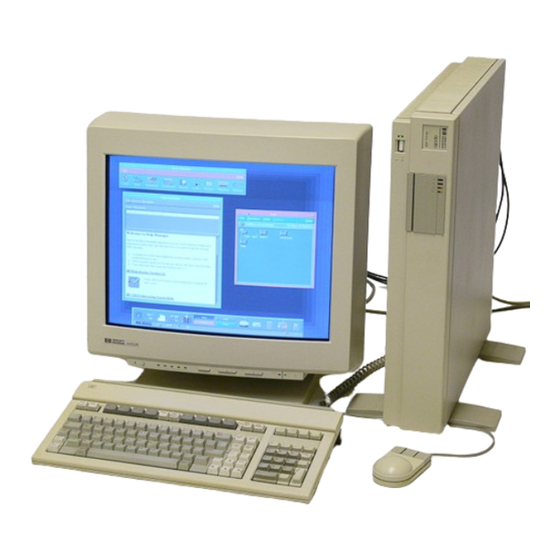
HP 400 Series Servicing Manual
Hide thumbs
Also See for 400 Series:
- Services and applications (316 pages) ,
- Installation manual (144 pages)
Table of Contents
Advertisement
Quick Links
Download this manual
See also:
Installation Manual
Advertisement
Table of Contents
Troubleshooting

















Need help?
Do you have a question about the 400 Series and is the answer not in the manual?
Questions and answers